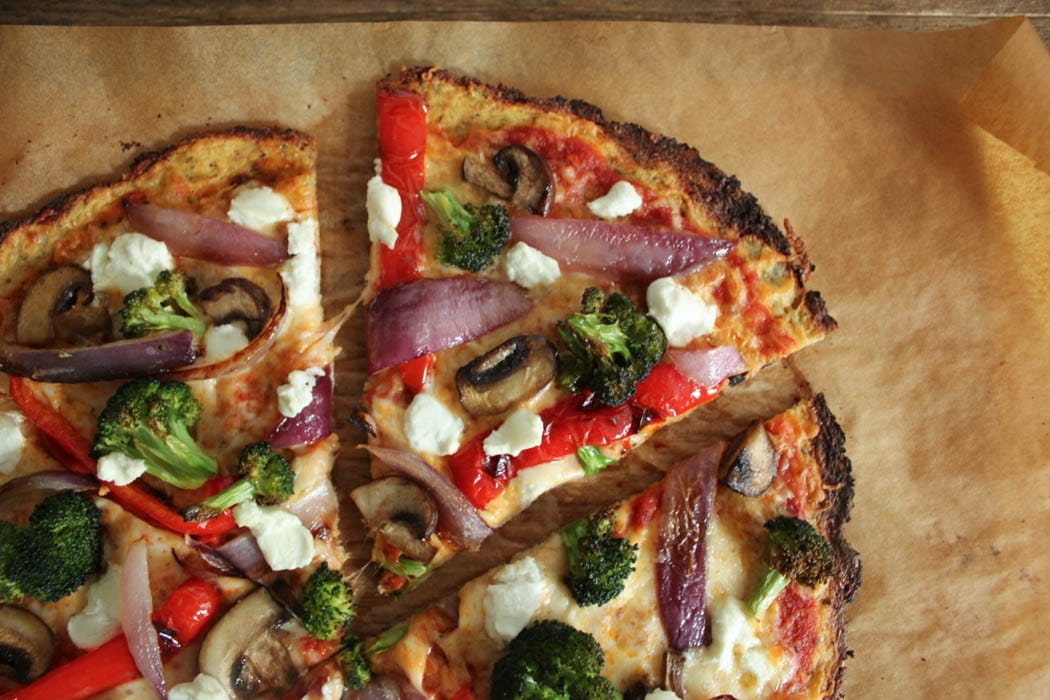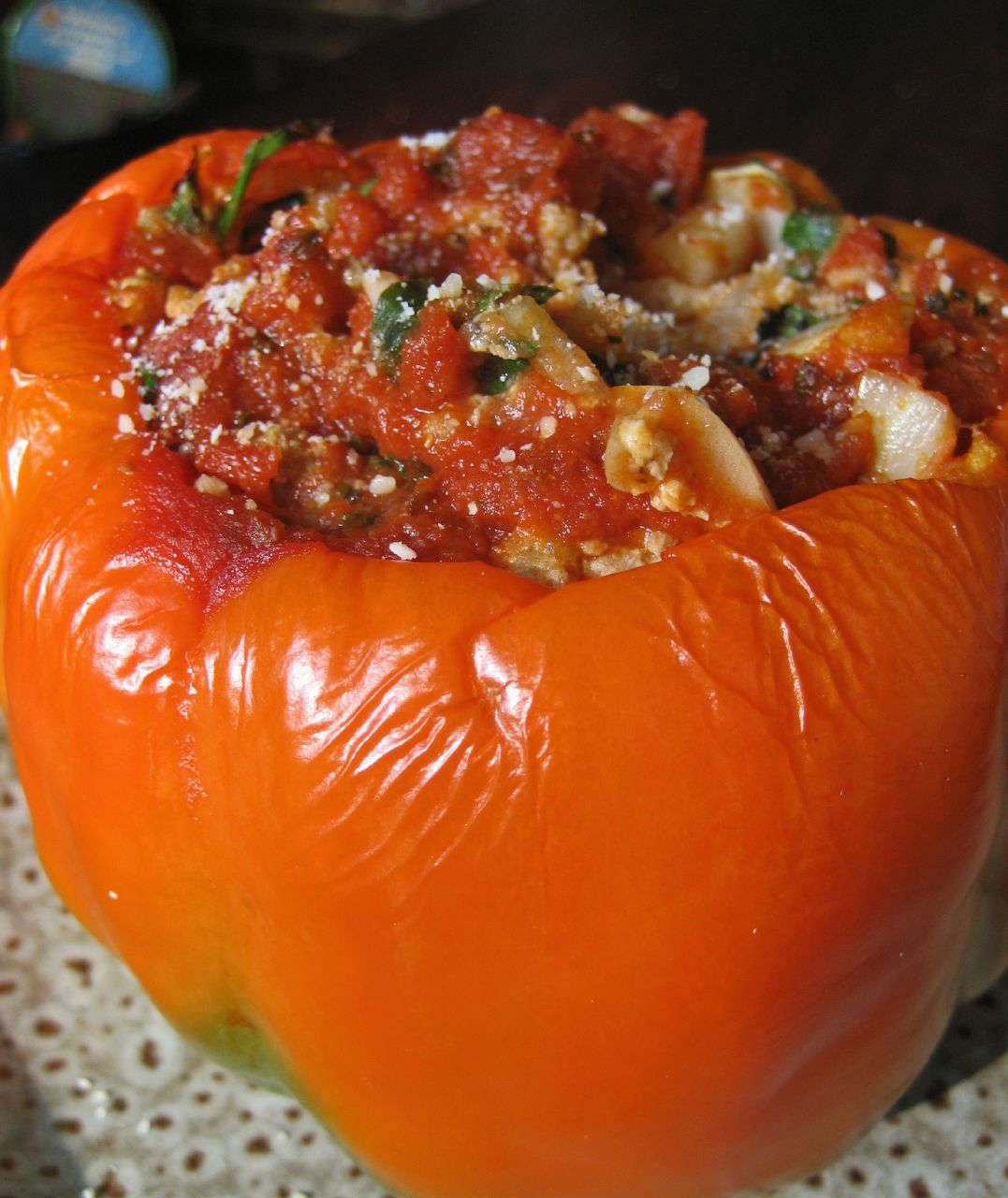 |
| Picture Source: Philly.com |
BACKGROUND
The famous
Philadelphia Broad Street Run 10 Miler is this coming Sunday and many of my
friends and clients have asked how to fuel properly for this race, both leading
up to it and the day of. Surely someone in somewhat decent shape could eat a
poor diet and not train much and do just fine in this race because of the
energy and endorphins you get from the masses of people. However, if you want
to optimize your time, feel good during and after, and actually be able to run
the whole thing without taking a break or getting injured, I recommend you eat
and hydrate properly.
GENERAL RECOMMENDATIONS
The most
important thing to know is that you need to eat properly for months and weeks
leading up to a race, you can’t just eat well the day before and expect good
results. There is a fair amount of research showing that if you train in a
fasted state (ie: run in the morning without eating), that your muscles learn
to optimize fax oxidation which gives you an advantage for competitions*. However,
for Broad Street, it is too late to utilize this training strategy. At this
point, you must try to fill your glycogen stores and try to maximize your
nutrition tomorrow and Sunday.
DIETARY NITRATES
One food
group that I, and most health professionals, can’t stress enough is EAT MORE
VEGETABLES!!! Eating loads of vegetables not only provides your body with lots
of fiber, vitamins and minerals, but also antioxidants which help combat the
free radicals that naturally surface from exercises like running. Furthermore,
there has been quite a bit of research done regarding dietary nitrates and how
they improve exercise performance. For some reason, about 2 years ago, I
started eating roasted beets almost every day, along with a bunch more Swiss
Chard, Spinach, Cabbage, Bok Choy, and other such greens. In that time, my
training has not been as intense as it was in my younger days, but my race
times have been equal, if not better, than when I was (regularly) competitively
running in high school and college. I attribute this primarily to my improved
diet, and perhaps, my increased dietary nitrate intake. Research on beetroot
juice, which is high in dietary nitrates, shows that it may increase oxygen
consumption, increase the length of time one can exercise, and increase speed
by improving power output. Beetroot
juice and dietary nitrates have not just shown to improve exercise performance,
but also is quite significant for lowering blood pressure.
GLYCOGEN
Leading up
to any endurance race or training exercise, you need to make sure you have an
adequate carbohydrate intake each day to fill your muscles and liver with
glycogen (the stored form of carbohydrate). Do not limit whole grains, fruits,
or cultured dairy- these are your best sources of carbohydrates. Muscles run
off of sugar in the bloodstream, (which only lasts about 4 minutes in a run),
and glycogen stores in the muscle and liver (approximately 88 minutes). So, if
you have adequate stores of glycogen, you should not “hit the wall” during your
10 mile race.
MY RECOMMENDATIONS
In the weeks
and days leading up to any endurance race or exercise, make sure you keep a
well-balanced diet with lots of whole grains, fruits, vegetables, dairy, lean
protein, and plenty of water. Do not go on a low-carb diet such as Paleo or
omit any major food group. If you are running Broad Street on Sunday, I would
recommend eating similar to what I have listed below tomorrow (the day before the race):
Breakfast: Oatbran
w/ milk and a banana
Lunch: Chicken
sandwich on whole wheat bread with a side arugula, celery, and beet salad
Dinner: Quinoa
and sautéed leafy greens with salmon
Snacks:
kefir or yogurt, fruit, cottage cheese, nuts
Drinks: 1
cup beetroot juice (may want to consume the morning of the race too!), plenty
of water
DAY OF
THE RACE: Research
shows the best results when consuming 1-4 g/kg body weight of carbohydrate in
the hours leading up to the race. If you wake up super early and have four
hours until race time, it is best to consume 4 g/kg body weight. If you only
have one to two hours (I’m assuming that’s the average), best to consume 1 g/kg
body weight and pretty much focus on carbohydrate and water intake while
limiting fat intake. For a 150 lb person [68 kg], 1 g/kg would equate to about
68 grams of carbohydrate, which would be the equivalent of one bakery sized
bagel. A healthier meal at almost exactly 68 g carb would be ½ c old fashioned
oats cooked with 1 cup vanilla soymilk (since real milk may cause stomach
issues during the race), and one banana and a dash of salt. In my experience, that has worked as one of
the best pre-race meals. If you wake up
late and have limited time, try to consume some quick absorbing carbs within 30
minutes of start time, such as a banana or fruit juice (if you can’t stomach
food).
DURING
THE RACE: After 45
minutes of any endurance exercise, studies show it is beneficial to get in some
form of glucose [roughly 30 g carb/hr] to improve performance and to save your
glycogen stores. So, be sure to drink a sports drink or even carry the little
packs of sports gels to keep you fueling during your run.
AFTER THE
RACE: Carbohydrates
are the most important fuel to consume after the race to maximize recovery, but
protein is also an important fuel to consume and may accelerate glycogen
repletion. Try to consume about 1 g carb/kg body weight in the four hours
following your run- so again, this would be about 68 grams carbohydrate. I generally recommend a carb:protein ration of 3:1 (so consume about 22 g protein). Milk, flavored
kefir, yogurt, eggs and whole wheat toast, or fruit and cottage cheese are
always ideal recovery snacks.
ALL ALONG
THE WAY: Be sure to
drink plenty of liquids, do not wait until you are thirsty! Continue to drink
water for several hours after the race as well.
FINAL NOTE
If you are
running on Sunday, good luck and be sure to fuel and hydrate appropriately! If you are interested in learning more about fueling properly for your exercise, or proper nutrition in general, contact me at kelly@waynenutrition.com to set up an appointment. Independence Blue Cross (the sponsor of Broad Street!) offers 6 nutrition counseling sessions/year covered at 100% for most plans!
*NOTE: On
the day of the race I would recommend you eat prior, so that way you get a
great advantage by having sugar accessible to your muscles, and when that runs
out, your muscles are trained to oxidize fat as best they can.
References:
1. Achten, J. and Jeukendrup, A. E.
2004. Optimizing fat oxidation through exercise and diet. Nutrition, 20:
716–727.
2. Lidder S, Webb AJ. Vascular effects of dietary
nitrate (as found in green leafy vegetables and beetroot) via the
nitrate-nitrite-nitric oxide pathway. Br J Clin Pharmacol. 2013:75(3):677-696.
3. Larsen
FJ, Weitzberg E, Lundberg JO, Ekblom B. Effects of dietary nitrate on oxygen
cost during exercise. Acta Physiol (Oxf). 2007;191(1):59-66.
4. Lansley
KE, Winyard PG, Fulford J, et al. Dietary nitrate supplementation reduces the
O2 cost of walking and running: a placebo-controlled study. J Appl Physiol.
2011;110(3):591-600.
5. Hord NG,
Tang Y, Bryan NS. Food sources of nitrates and nitrites: the physiologic
context for potential health benefits. Am J Clin Nutr. 2009;90(1):1-10.
6. Ivy JL. Regulation of muscle glycogen
repletion, muscle protein synthesis and repair following exercise. J Sports Sci
Med. 2004;3:131-138.
7. Coyle EF,
Coggan AR, Hemmert MK, Ivy JL. Muscle glycogen utilization during prolonged
strenuous exercise when fed carbohydrate. J Appl Physiol. 1986;61(1): 165-172.
8. Picture Source: http://www.philly.com/philly/blogs/sportsdoc/Blue-Cross-Broad-Street-Run-lottery-deadline-extended.html









